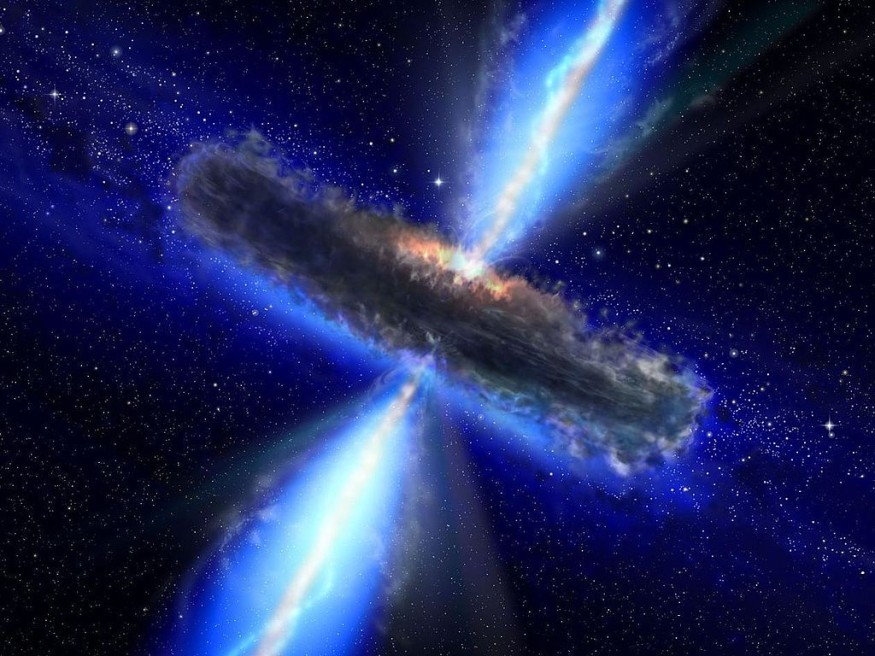The most extreme things in the cosmos are black holes. All huge galaxies presumably have supermassive versions of these unfathomably dense objects at their cores. An estimated 100 million stellar-mass black holes in the Milky Way are significantly more prevalent and weigh five to one hundred times as much as the sun.

But thus far, only a small number have been identified, and almost all of them are "active"-that is, they emit brilliant X-rays as they devour matter from a nearby star companion, in contrast to dormant black holes, which do not.
Nearest Black Hole
The nearest black hole to Earth has been named Gaia BH1 by astronomers using the Gemini North telescope on the island of Hawaii, one of the twin telescopes of the International Gemini Observatory, which NSF's NOIRLab runs. It is three times closer to Earth than the previous record-holder, an X-ray pair in the constellation of the Monoceros. This dormant black hole is around 10 times as massive as the sun and is situated about 1,600 light-years distant in the constellation Ophiuchus.
Exquisite studies of the motion of the black hole's partner, a sun-like star that circles the black hole at around the same distance as the Earth orbits the sun, allowed for the new finding.
According to Kareem El-Badry, an astronomer from the Center for Astrophysics | Harvard & Smithsonian and the Max Planck Institute for Astronomy and the paper's primary author, "Take the solar system, put a black hole where the sun is, and the sun where the Earth is, and you have this system."
Careful Observation
By carefully observing the motion of the black hole's partner, a sun-like star that circles the black hole at roughly the same distance as the Earth orbits the sun, the remarkable finding was made feasible.
Kareem El-Badry, an astrophysicist at the Center for Astrophysics | Harvard & Smithsonian and the Max Planck Institute for Astronomy and the lead author of the paper describing this discovery, stated that this system could be created by taking the solar system and placing a black hole where the sun is and the sun where the Earth is.
For the past four years, El-Badry has been looking for latent black holes using a variety of datasets and techniques. This is the first time the search has yielded results, although prior searches of mine and others have turned up various binary systems that pass for black holes.
The researchers initially examined data from the Gaia satellite of the European Space Agency to determine the system's probable presence of a black hole. Gaia caught the minuscule deviations in the star's velocity brought on by a huge invisible object. El-Badry and his colleagues used the Gemini Multi-Object Spectrograph instrument on Gemini North to study the system in further detail. This device accurately determined the companion star's orbital period by measuring the companion star's velocity as it circled the black hole.
The team determined that the binary system's center body is a black hole with a mass equal to our sun thanks to the Gemini follow-up observations, which were important in limiting the orbital motion and, consequently, the masses of the two components.
El-Badry continued, "Our Gemini follow-up measurements proved beyond a doubt that the binary comprises a typical star and at least one inactive black hole. According to our research, there is no conceivable astrophysical explanation for the system's observed orbit that does not include at least one black hole.
Intensive Research
As they only had a little window to conduct their follow-up observations, the team relied not only on Gemini North's excellent observational skills but also on Gemini's capacity to deliver data on short notice.
Related Article : Expert Warns 'Situation Worse than Covid' if Government Ignores Solar Flare Defense
For more cosmic news, don't forget to follow Nature World News!
© 2025 NatureWorldNews.com All rights reserved. Do not reproduce without permission.





